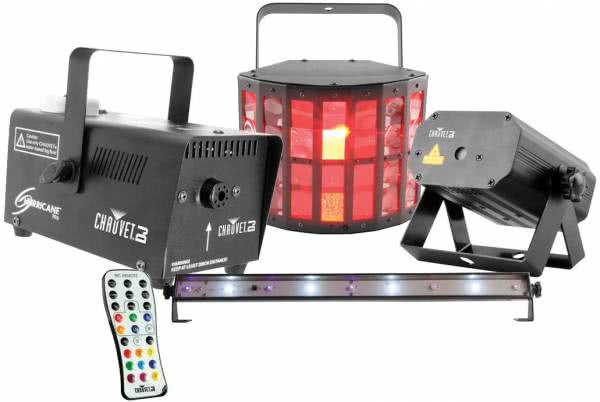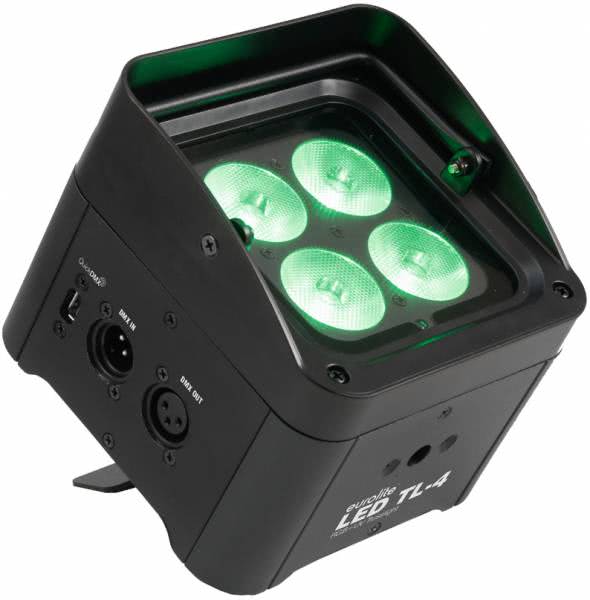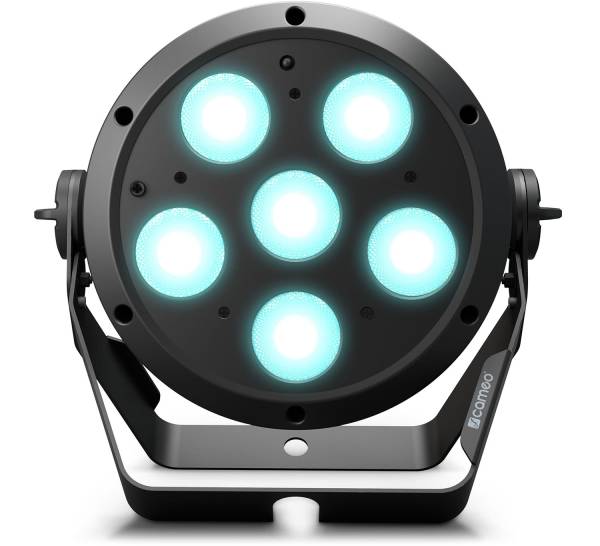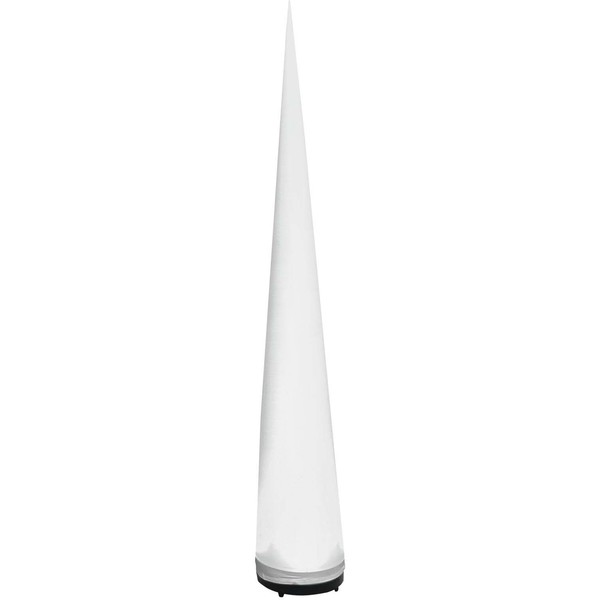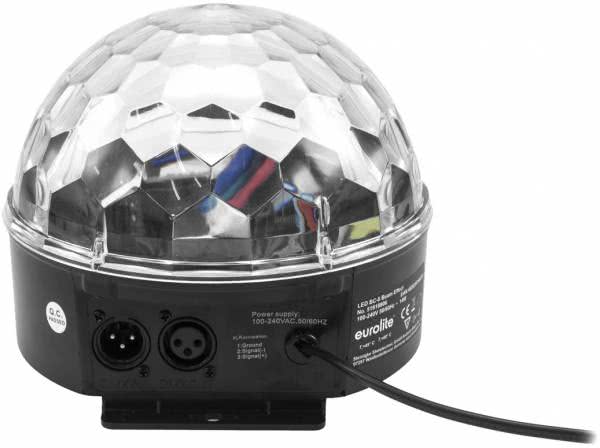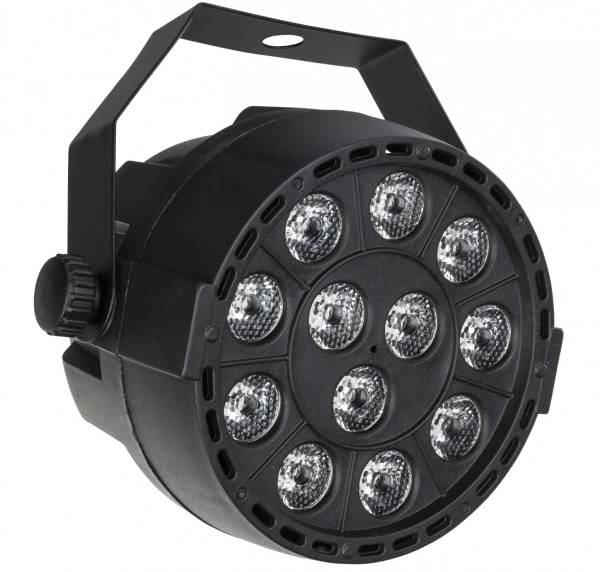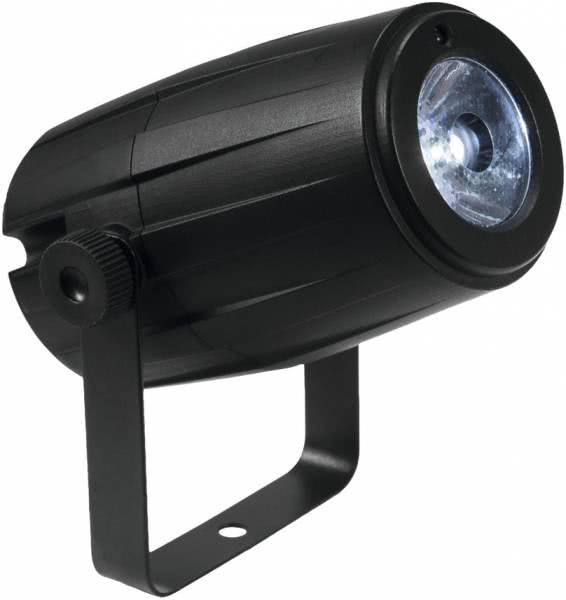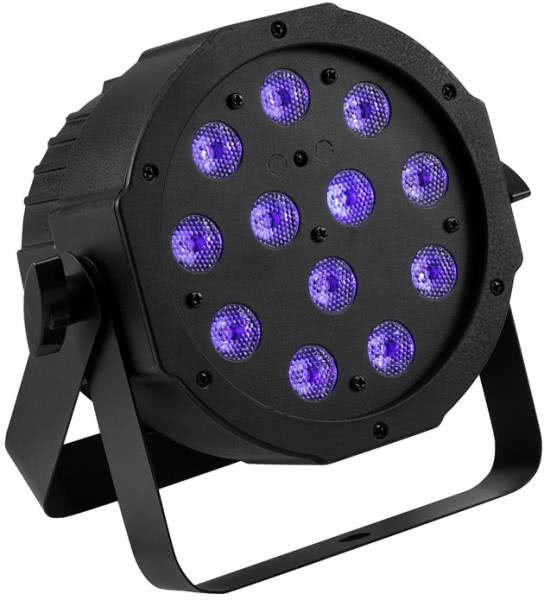Night after night, when you immerse yourself in the light. The pulsating light, which amplifies your rhythm and transforms the movement of your surroundings into a kind of dream world, then you are right in the middle of it, involved in the work of art, in a choreography of a thousand different little points of light. The modern light artist thus uses the moment in the theatre, the disco or any other stage show to creatively design the space, the stage for the entire work. The spectator is to be picked up with a wow or aha-effect to forget the everyday life for minutes or hours, to let go and experience an unforgettable pleasure.
The Basics - Equipment and lighting technology
The choreography and design of a stage show is an artistic performance and presence with a high aesthetic standard that has been worked out to the smallest detail. The success of a musical or any other stage show depends on light, which on the one hand creates other worlds and on the other hand artistically underlines and enhances the respective expression of the performance. Mourning in expression can therefore make dark and mystical and joy as bright and colourful as it can be. In order to literally put stage plays in the right light, they are equipped with lighting effects that follow an intelligent control protocol. For this type of digital multiplex control, various systems are available which clock the light show precisely. The most important illuminants for a light effect show are:
Effect spotlights
The effect spotlight is a device which, with the help of moving components, the so-called moving heads, and by using various colour filters, can create effects which can simulate water, for example, or create slow motion effects using stroboscopic technology. The simulation can be carried out according to beat, pitch and sonority and can be controlled by DMX.
Floodlights & Blinders
Floodlights produce light of a constant and predefined intensity, whereas blind people are used to animate the audience or to colour the stage equipment. For this purpose, a colour-accentuated quantity of light is emitted or pulsed.
Laser lights
Lasers or devices for light amplification by stimulated emission of radiation bundle electromagnetic waves to a monochromatic light with a very narrow frequency range and high intensity. The clocking of the beam generates beam pulses of predefined length and intensity through a given repetition frequency.
Garden Laser
The garden lasers often used for outdoor purposes to illuminate trees or architecture are also used on stage for figurative representation.
LED Bars
The light-emitting diode, or LED for short, is a light-emitting semiconductor component with the electrical properties of a diode. If an electric current flows through the diode, it emits infrared light, UV light or light of a certain wavelength depending on the semiconductor material used. The LED has been used as a light indicator and for signal transmission since its market launch.
Par spotlight
The Par spotlight is an aluminium coated parabolic reflector (Par engl. for Parabolic Aluminized Reflector), which is used for spot illumination. This means that the spotlight is a spotlight that can only illuminate a very limited area of the stage or the surrounding area.
Stroboscopes
Stroboscopes, better known as stroboscope flashes, emit light flashes of a certain frequency range. The flickering creates illusions of movement that appear deceptively real. The temporal distance between the flashes ensures that a movement in a dark environment looks like single images and somewhat choppy.
Theatre spotlights
The theatre spotlight is a well-tried means to accompany the artist during his performance and to put him in the right light. The device is movable and the diffusion of the light beam can be adjusted through various apertures and optics.
Colour filter
Colour filters are available in various colours and are installed in front of the light emitted by the lighting device. These attachment filters are made of either coloured glass, plastic or gelatine foil. Especially in disco lighting, they decorate every single lamp of the disco ball to make the dance floor colourful.
What to consider when buying light effect devices
As lighting and illumination technology is electrical terminal equipment, the installation of which requires the necessary expertise, electrical engineering personnel should always be consulted for this purpose. Some devices are approved for indoor use only and do not have the necessary equipment for outdoor use. In order to avoid accidents before commissioning, the respective protection class of the terminal device must be determined. Certain lasers can damage eyesight and s







